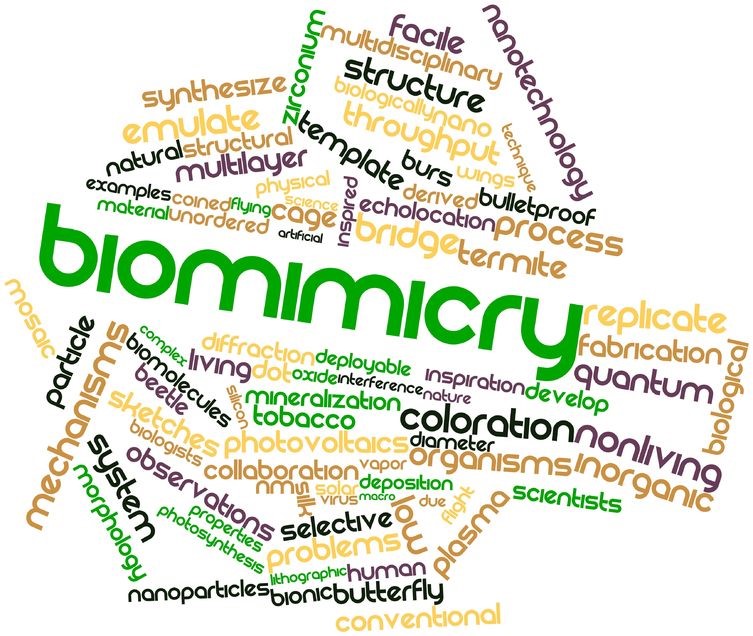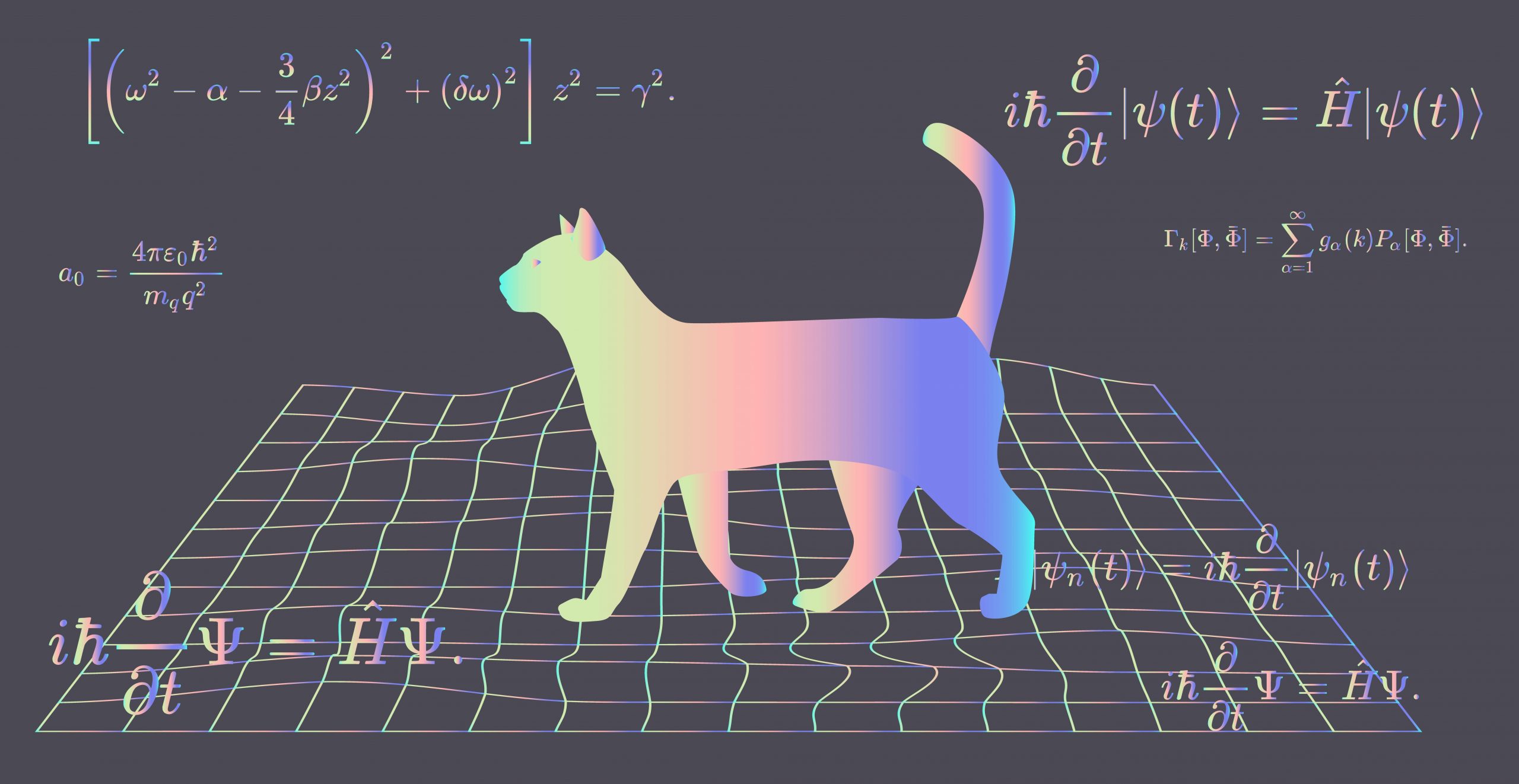Taking AI PHYSICS
to the next level

About HealthQE
HealthQE is taking the next major step by merging many related biophysical concepts (electricity, magnetism, light, sound) into a unified approach. This unique new organization is focused on “bio-informational” medicine concepts – the beginning of a new research trend to “remove the drug from the equation” as a “carrier of biologic information” . HealthQE was born some years ago, in 2017, from this definition of Dr. IRA PASTOR, CEO of BIOQUARK Inc. and Member of Human Enhancement Group of World Economic Forum. QE in the brand is for Quantum Energetics: a Quantum Energetics Health is our Mission. A new Medicine based not only on biochemistry but also on biophysics, at quantum level.
“Each molecular reaction can be mimicked from waves“

We Conduct Scientific Research in this Array of Fields
Nanotechnology, Theranostics, Nanomedicine
Quantum biology and medicine
Dual-use Technology
Human Enhancement
Spin Physics and Magnonics
Spin Physics is the part of Physics that is focused on SPIN.
Elementary particles have intrinsic properties. Some of these properties are the same properties we associate with macroscopic objects, such as mass and charge. Some are purely quantum-mechanical and have no macroscopic analog.
Spin is intrinsic angular momentum associated with elementary particles. It is a purely quantum mechanical phenomenon without any analog in classical physics. Spin is not associated with any rotating internal parts of elementary particles; it is intrinsic to the particle itself. An electron has spin, even though it is believed to be a point particle, possessing no internal structure. The concept of spin was introduced in 1925 by Ralph Kronig, and independently by George Uhlenbeck and Samuel Goudsmit. Spin is quantized, and can only take on discrete values. The spin angular momentum of an electron, measured along any particular direction, can only take on the values ħ/2 or -ħ/2. Magnonics is an emerging field of modern magnetism, which can be considered a sub-field of modern solid-state physics. Magnonics combines the study of waves and magnetism. Its main aim is to investigate the behavior of spin waves in nano-structure elements.
Artificial Intelligence
Artificial intelligence (AI) is set to be a “defining future technology”, but what exactly is AI and how does it already affect our lives?
AI is the ability of a machine to display human-like capabilities such as reasoning, learning, planning and creativity.
AI enables technical systems to perceive their environment, deal with what they perceive, solve problems and act to achieve a specific goal. The computer receives data – already prepared or gathered through its own sensors such as a camera – processes it and responds.
AI systems are capable of adapting their behaviour to a certain degree by analysing the effects of previous actions and working autonomously.
Types of AI
- Software: virtual assistants, image analysis software, search engines, speech and face recognition systems
- “Embodied” AI: robots, autonomous cars, drones, Internet of Things
AI in Medicine and Healthcare
- Medicine: Artificial intelligence in medicine is the use of machine learning models to search medical data and uncover insights to help improve health outcomes and patient experiences, both in diagnosis than in therapies.
- Healthcare:Healthcare AI systems can analyze patterns in a patient’s medical history and current health data to predict potential health risks. This predictive capability enables healthcare providers to offer proactive, preventative care, ultimately leading to better patient outcomes and reduced healthcare costs.
Robotics
Robotics is the interdisciplinary study and practice of the design, construction, operation, and use of robots.
Within mechanical engineering, robotics is the design and construction of the physical structures of robots, while in computer science, robotics focuses on robotic automation algorithms. Other disciplines contributing to robotics include electrical, control, software, information, electronic, telecommunication, computer, mechatronic, materials and biomedical engineering.
The goal of most robotics is to design machines that can help and assist humans. Many robots are built to do jobs that are hazardous to people, such as finding survivors in unstable ruins, and exploring space, mines and shipwrecks. Others replace people in jobs that are boring, repetitive, or unpleasant, such as cleaning, monitoring, transporting, and assembling. Today, robotics is a rapidly growing field, as technological advances continue; researching, designing, and building new robots serve various practical purposes.

